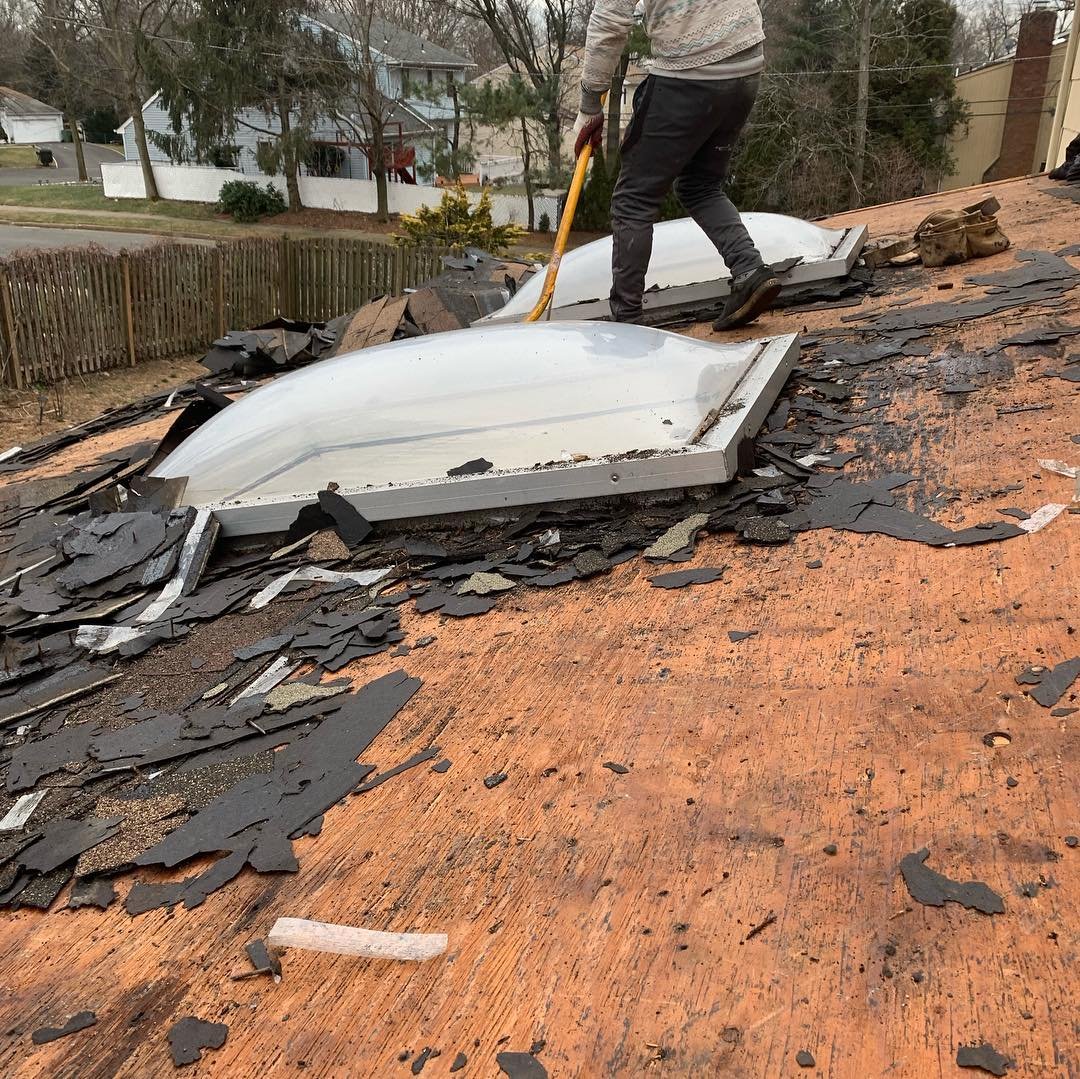Your siding provides your home with protection against moisture and other elements. It also contributes to its appearance and resale value. If one piece of your siding is damaged, it’s possible to repair it instead of replace it entirely. However, it’s not recommended to attempt this.
Before you begin, clean the area thoroughly with soap and water. Allow the area to dry for at least 2 hours before continuing the repair.
What type of siding do I need?
When you’re in the market for new siding. You want to know what options are out there so that you can pick the right type of siding for your home. There are many different styles of siding, including wood, stone, stucco, brick, and metal.
Natural wood is a popular choice for those looking for a classic look. It comes in a variety of styles and can be painted or stained, or left untreated to take on a silvery patina over time.
Vinyl is another popular choice because it’s a familiar material and can be found in a wide range of colors. It can also be insulated, which can help with energy costs and durability.
Insulated vinyl is similar to standard vinyl siding, but it has a foam backing that helps with insulation and durability. It can be a little expensive, but it’s worth the money to improve your home’s insulation and durability.
Fiber cement is a great low-maintenance siding option that can be fabricated to look and feel like wood or stone veneer. It’s a combination of Portland cement and various natural cellulose wood fibers, and it’s available in a wide variety of colors.
It’s one of the most durable siding materials available, and it can last for a very long time if it’s properly maintained.
It doesn’t rot or fade, and it’s impervious to termites or other pests that can damage real wood siding.
Board and batten siding can be a traditional style that works well with almost any kind of home. It consists of wide board strips that are 1-foot in length and battens that are 1/2-inch in width.
Cedar is another option that is a favorite of many homeowners. It can be made into horizontal lap panels, shingles, or shakes and is both beautiful and environmentally friendly.
Hardie Board is another durable siding material that is a bit more expensive than the other wood and stone siding options. It’s a great way to add some extra value to your home, as it can handle all kinds of weather and objects thrown at it.
Can I replace just one piece of Siding?
If a piece of your siding has been damaged, you can replace it by working on it yourself or by hiring a professional. A professional can do the repair quickly and efficiently, saving you time, money and frustration.
The first step is to locate the damage. Look for any small holes or dents, or any loose siding that looks like it might buckle under warmer weather. Any of these problems could be a sign that you need to have your siding replaced.
Another indication that you need to have your siding replaced is widespread damage. Large holes, dents or crazing over a large area can be a sign that there is more serious structural damage to your home.
Depending on the severity of the problem. You may need to replace all of the siding on a single wall or section of your home. This will likely require a contractor.
When replacing vinyl siding, you should try to find a piece that is the same color as the old one. Or a close match if it is not possible. If you can’t find a match, you can also use a piece that was saved from an inconspicuous area on your home. Such as on a shelf or in the garage.
You should remove this piece from the damaged location by using a zip tool to disengage the surrounding pieces of siding. Next, pry the nails that hold the damaged piece loose. Then, slide your replacement piece up to the lower lip of the other piece so that it locks into place.
After this, nail the replacement piece into place with roofing nails. Make sure to leave a sufficient amount of space between the nails and the siding.
Once the replacement piece is in place, you can start to reinstall the other pieces of siding that are above the damaged section. Then, using your zip tool, release the bottom of the vinyl siding piece that is above your replacement.
If the new piece of vinyl has any dents or holes, you should fill them in with wood putty or a similar product. These quick repairs work well on smaller holes, but they don’t have the same durability as a full replacement. They’re also difficult to match the color of the original siding.
How much will it cost?
One of the first things you want to do before replacing your siding is to get an estimate from local contractors. There are a few factors that determine how much a contractor will charge you. Including the size of your home and layout.
The type of siding you have can also affect the cost. Some materials, such as stone, are more expensive to repair than others. It’s also important to consider how old your siding is. If it’s more than a decade old, the material might be falling apart and need to be replaced.
For wood siding, if you only have one or two damaged boards, it may be possible to replace them yourself. But if you have more than a few, it might be easier to hire a professional.
Another common problem with wood siding is warping, which can occur if your house gets wet. You can try to fix it yourself by adding screws into the siding to force it to dry flat. If this doesn’t work, you may need to replace the entire damaged board.
To remove the damaged piece of siding, you will need a tool called a zip tool. This is a simple device that will help you unlock the back of the siding so that it can be unfastened from your home.
Next, remove any nails that are holding the board in place with a pry bar. Afterward, cut the new piece of siding to fit exactly where the old one was. Make sure that the new piece is long enough so that it will hook onto the old one and not fall into the cracks or gaps between the other pieces of siding.
You will then need to replace the existing nails with a different type, such as a galvanized screw. These types of screws won’t rust like metal ones, so they will last longer.
When you’re replacing just one piece of siding, it’s best to get an estimate from several local contractors. This will ensure that you aren’t paying too much for the project. Moreover, it will give you the opportunity to compare prices and see which company has the most affordable options for you.
Do I need a permit Replace Just Piece of Siding?
Siding replacement is a significant home improvement project that can boost the value of your property and protect you from harsh weather. However, it can also be a dangerous task. So you need to make sure that your contractor has the necessary permits before beginning the work.
You need to check with your local city, county or state for the specific laws that pertain to siding permit issuance. Some jurisdictions exempt certain repairs and cosmetic changes from permitting requirements, while others require that all structural work, such as re-siding 600 feet or more of exterior walls be inspected before work begins.
The statewide code adopted by Tennessee. The 2018 Residential Code, includes provisions on a homeowner’s requirement to obtain a permit for siding projects. However, local jurisdictions can adopt this code with minor amendments. So be sure to check your neighborhood’s building and planning department for the most up-to-date rules and regulations.
Many of these jurisdictions enforce the statewide codes with local amendments. So be sure to ask your local building officials if your project requires a permit before you begin any work.
They’ll be able to give you more specific information on the laws in your area and help you plan ahead for any potential issues that could arise during the course of your project.
In New York State, the Uniform Fire Prevention Building Code regulates re-siding. And homeowners must adhere to this code to avoid violating it. There are exemptions to the code that allow the non-permitted use of siding materials, such as vinyl or wood clapboard.
Most jurisdictions in Texas do not have statewide regulations regarding siding permit issuance. They vary from city to city. So it’s best to check your local codes and contact a reputable contractor for advice before starting any work.
Permits are important because they keep you and anyone else who may be involved with a home project safe by verifying that work is done correctly. They can also save you money in the long run by avoiding costly mistakes.
You need a permit to replace siding on your home if it exceeds 25 percent or 600 feet of the exterior walls. In addition. You will need to ensure that your siding replacement complies with all current code requirements for the type of material you choose. The local zoning board and a historic district commission will review your application before issuing the necessary permits.

